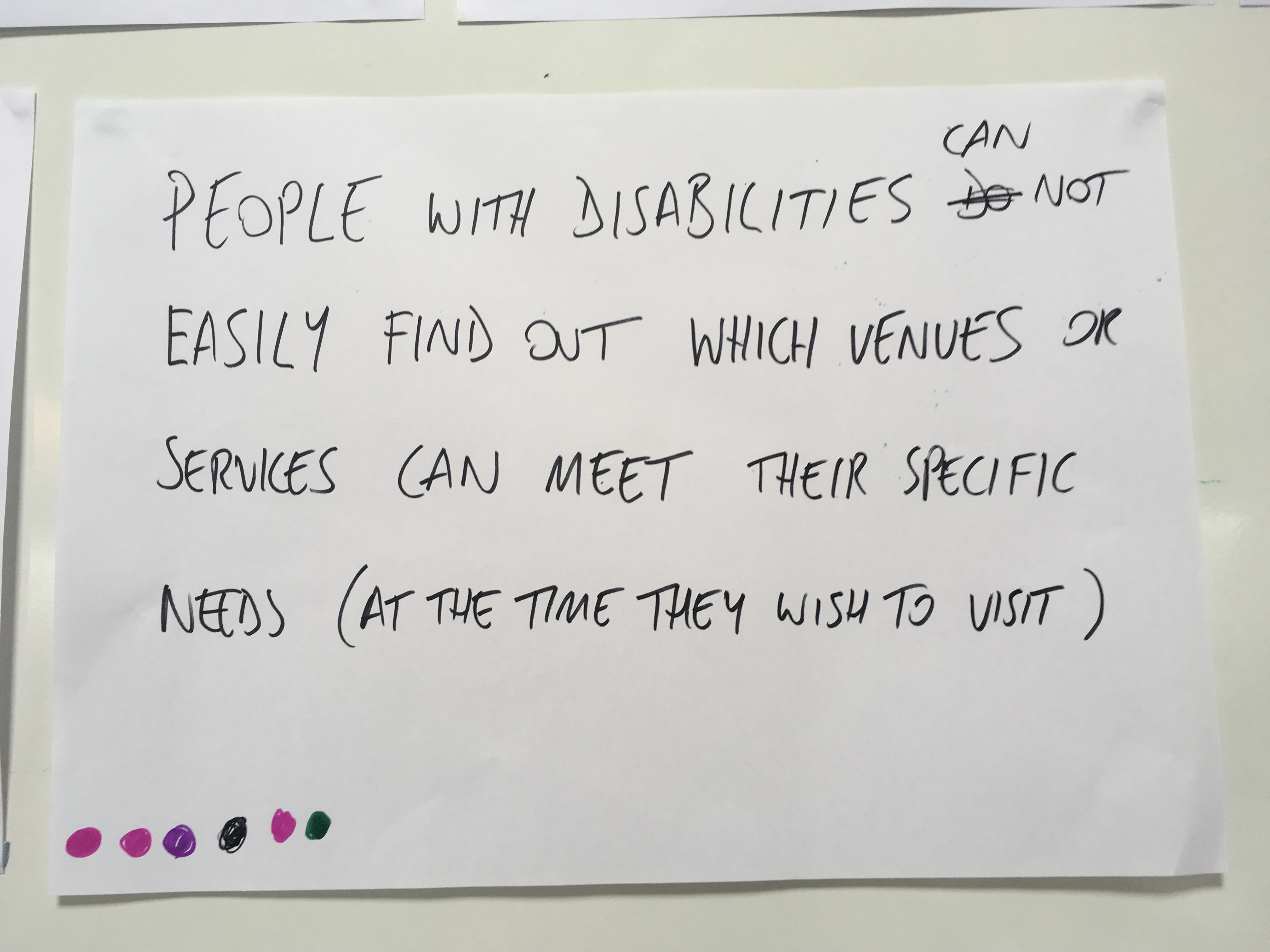GovJam Leeds
Last week we headed up to Leeds to sponsor and participate in Leeds GovJam. In short, GovJam takes place across the globe for two days each year. Working around a common theme, small teams meet at multiple locations, working for 48 hours on building innovative approaches and solutions towards challenges faced by the public sector.
In order to best explain how it works (and what we built), have a read of dxw’s developer/designer, Agz Deberney’s post below:
GovJam 2018
Day 1: Choosing our service
It all started on the first day, Tuesday late afternoon. Everyone gathered in one room at the ODI Leeds offices, ready to start the Jam and waiting for the ‘Secret Theme’ to be revealed.
A quick warm-up exercise to help us understand that ‘All ideas are great, there are no limits’ was to describe as many ways as possible how one can squeeze a lemon. This opened up our minds (at least it’s what I’ve realised) to discover an enormous amount of possibilities, and was a prelude to the GovJam “Secret Theme” reveal.
After discovering the “Secret Theme” (a sound which consisted of a machinery/spring-like noise, audience-type laughter and a couple of other indescribable sounds(!)), we started to brainstorm ideas based on what we thought it could be.
We wrote down ideas and associated interpretations on post-it notes and put them together into larger contextual groups that formed topics. It was interesting to experience the process when a topic is being collectively formed from something quite abstract.
Team Access
Our team, that we later called ‘AccessLeeds’, was formulated around ‘Events & Experience’.
The next stage was to think together in teams around problems associated with the chosen topic. The conversations helped in creating an outline of possible services related to discussed issues. After talking through different problems, we decided to explore further the challenges people face going out and attending public events when they have various accessibility needs. We realized that quite often, event venues aren’t set up to accommodate the needs of different users. Public places lack not only step-free access or accessible toilets and changing rooms, but also sign language interpreters, guides for visual impairment or simply a quieter place to enjoy an event experience by users that don’t feel comfortable with high noise levels and crowded spaces. In many instances, it’s not always easy to find out if a venue provides facilities and services that meet user needs.
Day 2: Listen to users, build a prototype, iterate.
On the second day we got out and about talking to potential users to learn about their experiences and problems they face attending events.We spoke to 17 users and collated notes from the interviews. Based on that we drafted User Personas that would help in defining the problem and service focus. We ended up with a problem statement:

Each of us then spent a few minutes sketching out ideas on how would we approach solving the problem and how we could create a user-facing service that would help meet their needs.
When it came to ‘Show NOT tell’ time, the teams came up with fun and creative ways of presenting by:
- storytelling through user personas,
- involving the audience in role-playing as user personas experiencing the service, ‘immersive presentation’,
- building a story scene from LEGO bricks and figures to walk through the service
- showing the service as a scene in a gym set up and acting out user roles playing their stories
- reflecting the user actions and narrative when using a service prototype
The audience’s feedback and questions were then fed into the prototype we were building.
Day 3: Second iteration and refining the prototype. Testing with users

Our team went out to watch the users using the prototype and came back with insights that got us iterating even more!
The last day was completed with ‘show not tells’ from all of the teams.
You can read more about what the other teams got up to, by following Leeds GovJam on Twitter, or by visiting The Leeds GovJam website (photos and more information will be uploaded here shortly).
What we learnt:
- Turn abstract ideas into specific ideas and themes
- Less talking, more doing
- Get out and talk to users!
- Prototype, test, iterate, iterate, iterate
- Fail fast
- Get out and test prototypes with users
- ‘Show no tell’; get your audience to role-play as a user experiencing the service
- User Interviews -> User Personas -> User Journey -> Sketch prototype (by using paper, lego or whatever you have to hand that works for you)
- Use Service Design Thinking methods and tools and turn them into Service Design Doing
- Make it fun. Collaborate!
All in all, a great experience working at pace, being agile, collaborating and designing potential services for real people.